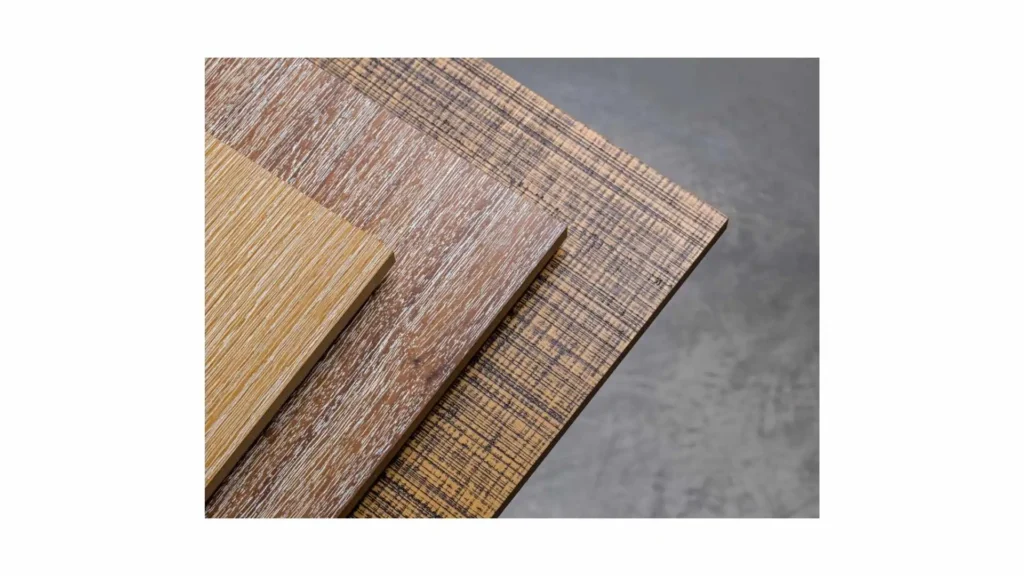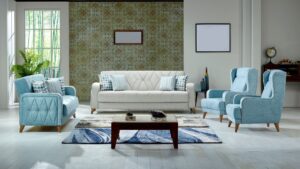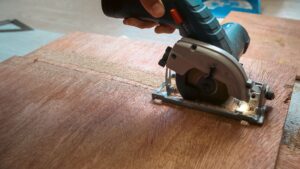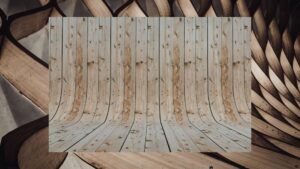Plywood has truly become a very important material in construction furniture making and interior design because of its strength and cost effectiveness. But not all plywood is created equal. Understanding the different grades of plywood and the application is really important to ensure that you choose the right type of your project. In this guide you can learn everything about plywood grades and their uses.
What do you need to know about plywood grades?
It is all about the quality and appearance of the abstract sheets used on the outer layers of plywood. The grading system helps you understand plywood based on different factors like surface finish, presence of knots or defects and the structural integrity. Commonly plywood is graded as ABC and D with additional classifications for special types like marine and commercial plywood.
The four main plywood grades
Grade a
Grade A basically is the highest quality with smooth sanded surface free of knots or defects. It is aesthetically pleasing and can be painted or even stained easily. Some of the main applications include furniture making decorative panels and wall cladding besides interiors.
Grade B
Grade B plywood has minor imperfections like small knots or patches but it still offers you amazing quality and durability. You can use it for your furniture frames painted or laminated surfaces. At the same time you can use it for doors and partitions.
Grade C
Grade C plywood contains visible knots or discolorations. The imperfections do not impact the structural integrity but might make it less attractive. You can generally use it for subflooring packaging crates and temporary construction.
Grade D
Grade D plywood is the lowest grade often used for rough construction where appearance is not a very big concern. It has larger holes and defects. It generally includes scaffolding industrial use or base layers in multilayer projects.
Specialized plywood types and their uses
Beyond the standard grading system some plywood types cater to specific requirements. For example marine wood is water resistant and designed to withstand exposure to moisture. It uses waterproof adhesives and doesn’t have any gaps in its core layers. You can generally use it for boat building bathrooms and kitchens.
- Commercial plywood is an affordable versatile type used for general interior application. It includes uses like furniture and cabinetry wall panels besides partitions.
- Structural plywood is engineered for high strength and durability making it suitable for load bearing applications. You can use it for your roofing and flooring besides bridges and walkways.
- Flexible plywood is a type of plywood which can be easily bent or shaped making it perfect for curved surfaces. You can use it for decorative furniture and artistic installations.
- Fire resistant plywood is basically treated with fire retardant chemicals ensuring safety in high risk areas. You can use it for kitchens, commercial buildings or theaters and auditoriums.
How to choose the right plywood grade?
You need to determine whether the plywood will be used for structural support aesthetics or both. Higher grade plywood like grade A might cost more but offers you better appearance and finish. For areas prone to moisture you can go for water resistant types like marine or boiling waterproof plywood. If you plan to paint or laminate the plywood, grade B or C might be sufficient. For exposed areas grade A is your best bet. It’s very important for you to choose the appropriate thickness based on the load bearing requirement of your project.
Benefits of using plywood
You must know that plywood is basically strong, resistant to cracking and can withstand considerable weight. As compared to solid wood, plywood offers a budget friendly alternative without compromising on quality. Available in different grades, finishes and types plywood can be really used for unique applications. Plywood manufacturing uses minimum wood compared to solid wood products making it an environmentally friendly questionable solution. Plywood can be cut shaped and finished to meet specific design requirements.
Tips for working with plywood
You can ensure clean cuts by using sharp blades and proper saws. Ceiling edges prevent moisture penetration and prolongs the life of plywood. Sand and finish the surface to improve its appearance and protect it from wear and tear. You must store plywood in a dry flat area to prevent warping or even moisture damage. It’s very important for you to use high quality adhesions to ensure strong bonds between layers.
Why choose DuroPly for plywood?
At DuroPly, We completely understand the importance of quality and versatility when it comes to plywood. That’s the only reason why we offer a huge range of plywood grades and specialized options tailored to meet your unique requirements. Our products are crafted with precision and adherence to the West quality standards.
You can see that plywood is a remarkable material that offers amazing possibilities by construction design and furniture making. By understanding the plywood grades and the applications you can make the right decision to ensure the success of your projects.







